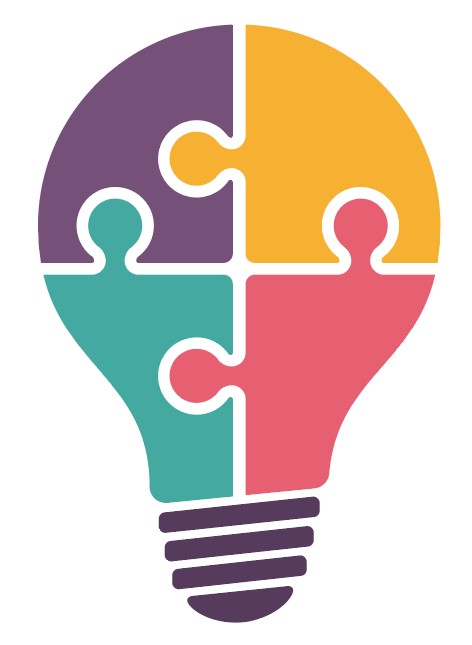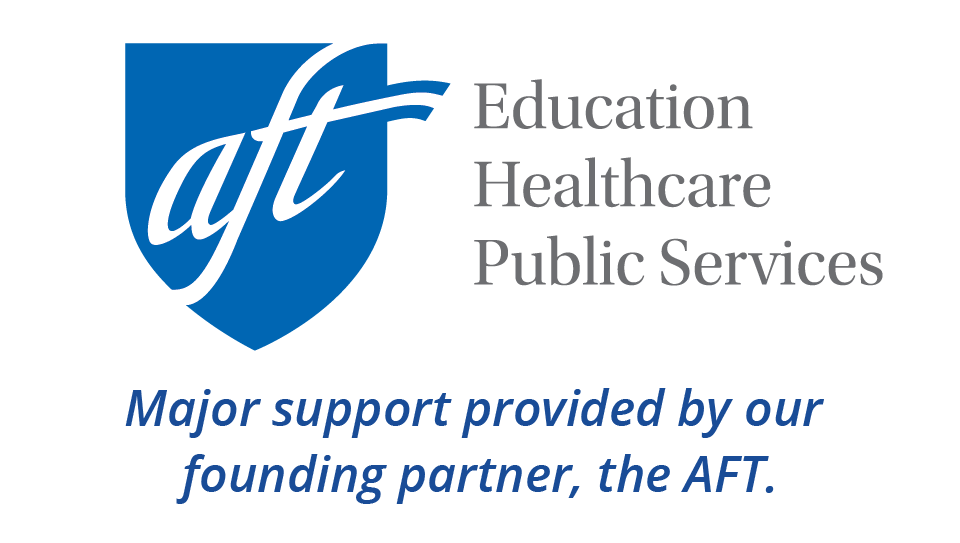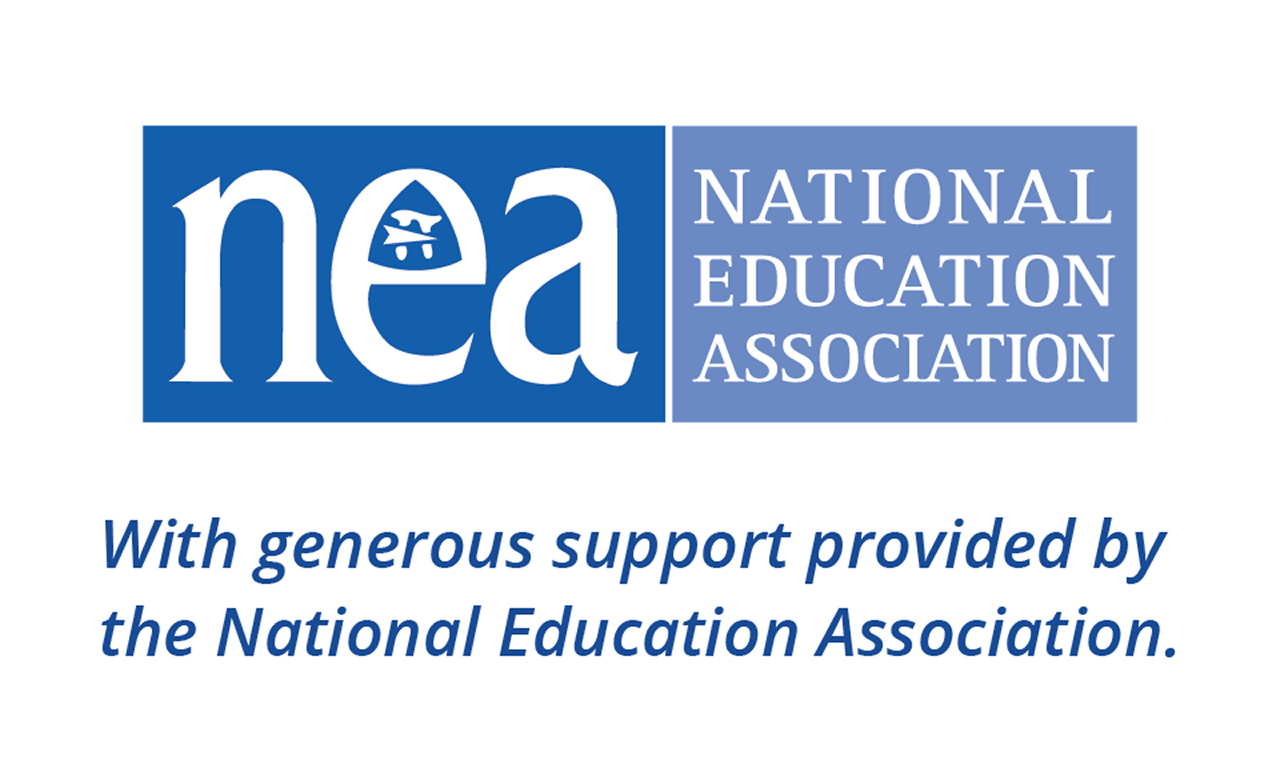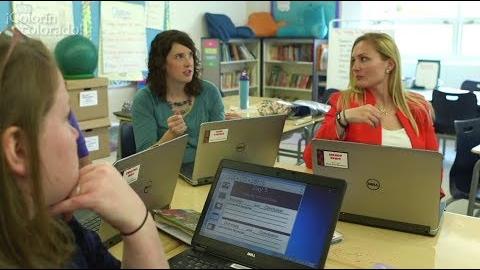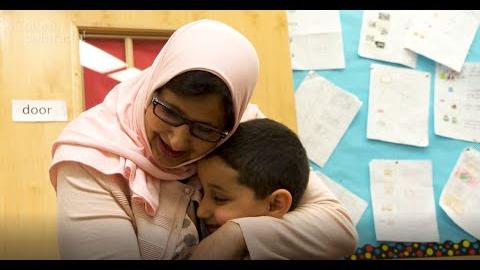Building Background Knowledge

Background knowledge includes information that students need to understand a lesson. Learn more about tapping into and building students' background knowledge below. This strategy is part of Colorín Colorado's ELL Strategy Library and can be used to support academic language development for all students.
Professional Learning Resources
See hands-on professional learning materials below, including a slide deck with videos and activities.
Photo by Allison Shelley for EDUimages
Strategy Overview
Background knowledge plays a huge role in content-area instruction. For educators of English language learners (ELLs), it's important both to draw upon what students already know and build the background knowledge they need — as well as to keep in mind that ELLs' background knowledge may differ from their peers.
Here are some examples of what background knowledge might include.
| Type of Information | Example | Resources |
|---|---|---|
Concepts |
|
|
| Historic events |
|
|
| Dates |
|
|
Names of people |
|
|
| Names of places |
|
|
| Cultural customs, traditions, or norms |
|
|
| References from popular culture |
|
|
| Vocabulary |
|
|
| Common objects |
|
|
How This Strategy Supports Students' Language Development
Background knowledge provides a foundation for students' learning. That foundation can support students' comprehension of content and their language development of new vocabulary and academic language, especially if they have already learned the information in their primary language.
Dr. Diane August writes, "It is important to keep in mind that many skills and types of knowledge transfer from students' first language to their second, and that ELLs may have already acquired core content in their first language.1 For example, students who have learned math concepts and skills in their first language do not need to relearn the concepts and skills, but do need to learn the English academic language associated with them."
Connecting to students' experience can also be a pathway towards increasing rigor and providing more challenging material.
Step-by-Step Instructions
1. Review your upcoming lesson and determine what background knowledge is most critical for students to understand the lesson. (Use the list of different types of background knowledge above as a reference.)
2. Find out what background knowledge your students have on your lesson plan's topic. You can do this by:
- Asking students to speak with peers in their home language about a topic and report back in English
- Asking students to share what they know through drawing or writing in their home language
- Using a graphic organizer, such as a K-W-L chart
- Using a See-Think-Wonder strategy, which uses a visual as a prompt to introduce a new topic
- Using a Concept Map to capture what students know and the connections they see between key topics
- Inviting students to write their own questions about a topic
- Inviting students to share related experiences or interview family members
You can also use quicker comprehension checks to get a general idea of what information students have.
3. Keep an eye out for misconceptions. If students need to be redirected, consider how to do so respectfully while also considering that ELLs will bring diverse experiences and perspectives to the classroom that may be different from those of their peers or teachers.
Some possible responses might include the following:
- "I like how you're thinking. Let's take another look at the question together."
- "That answer doesn’t quite work here, but I love that you took a risk."
- "That’s a thoughtful guess. Let’s explore that together a bit more."
4. Look for ways to tie your content to that background knowledge that students already have. You can see ideas for this in our sample lesson below.
5. Identify which areas of background knowledge you need to build.
- Which areas of background knowledge need more attention? Does this vary from student to student?
- What will be the best way to deliver that information?
- Will the same format work for everyone?
- How can you provide information in students' home languages?
6. Provide your targeted background knowledge by:
- Using visuals, realia, and multimedia resources
- Relating material to students' lives when possible.
- Pre-teaching important vocabulary words and concepts
- Explaining concepts and labeling them in English and their home language
- Offering materials in students' home languages, such as brief translated texts or summaries, or multilingual books and videos where available
- Inviting guest speakers to visit the class
- Providing hands-on learning through projects and short excursions
- Offering options for independent learning at home, such as videos
Considerations for Literacy Lessons
If you are preparing for literacy lessons, keep the following tips in mind:
- Letter- and word-level skills: It's important for ELLs to be familiar with the words they are studying when learning foundational skills. If needed, review the meanings of words with picture cards or quick definitions before jumping into skills practice.
- Text comprehension: Consider which vocabulary words or background knowledge may impact students' understanding of text. Choose the most essential information to preview or teach beforehand.
Differentiation
- Provide background text in students' languages or leveled texts in English.
- Use graphic organizers for brainstorming and note-taking.
- Provide word banks, vocabulary lists, and sentence frames.
- Work with small groups who need additional background knowledge.
Lessons Learned
- Avoid making assumptions about what background knowledege students do or don't have.
- Remember that something you think of as "obvious" or "common" may be totally new to a student. Conversely, something that you think may be new may actually be something quite familiar.
- Keep track of the kinds of background knowledge your students have and need. This may help you plan for future lessons and may also be information that is valuable for your colleagues.
- The better you know your students, the more effectively your planning will be!
Co-Teaching Considerations
Content or Grade-Level Teacher
- Identify key areas of background knowledge that students might need for a particular lesson.
English Language Development Teacher
- Offer ideas on how to identify, teach, and scaffold those topics. Share examples as needed.
Examples
Here are some examples related to background knowledge and ELLs.
Activating background knowledge
A middle school math teacher was trying to teach points on a grid and vertical/horizontal axis to her ESL students, three boys from Vietnam. She tried many approaches, including visuals, games, simulations, and manipulatives; she was just about to give up after very little progress. Suddenly, a student said, "Oh, I know — same same you drive a boat!" It turns out the child had helped his uncle use the stars to navigate a raft when they were fleeing Vietnam and trying to reach refugee camps in Thailand. He explained the concept to the other boys in Vietnamese with gestures and drawings on the board, who knew exactly what he was talking about. The teacher reflected, "I felt so humble. These boys knew a lot more about math than I had given them credit for. I had failed to activate their prior knowledge, and in the process had almost given up."
Source: This vignette is presented in Chapter 4 of Special Education Considerations for English Learners: Delivering a Continuum of Services.
Increasing rigor
Middle school teacher Anna Centi, who teaches newcomers in Dearborn, Michigan, also notes that her students dig in more deeply when they feel a connection to classroom content and that she has been able to push them with more rigorous texts. You can see Miss Centi's students, most of whom come from Yemen, reading A Long Walk to Water by Linda Sue Park in an excerpt from our award-winning film, You Are Welcome Here below.
Different perspectives
An elementary teacher was preparing a lesson about the continents. When he asked how many continents there are, an ELL said confidently, "Five." The teacher was a bit taken aback. "Do you mean seven?" he said. "No," said the student. "I mean five." After class, the teacher did some research and realized that in some countries, students learn that there are 5 continents and consider the Americas to be a single continent. This article from the BBC (which is available in Spanish and can be translated into English) discusses the reasons there are different approaches to this question.
The short "u"
Dr. Francesca Smith recalls teaching an early literacy lesson about the short "u" sound. The story centered around a tub. The student's English was fairly proficient, and after the lesson was complete, Dr. Smith was surprised when he asked what a tub was. She reflects on how reviewing the key vocabulary in the story beforehand might have improved his comprehension of the story.
Professional Learning Session: Building Background Knowledge
This Colorín Colorado slide show walks through the Building Background Knowledge strategy and can be used for turnkey professional development sessions. Please share attribution to Colorín Colorado.
To get started, you need:
- Slide Deck: Includes activities, discussion questions, and speaker's notes (also featured below)
To edit this presentation, you can download or copy the slides:
- File > Download (no Google account required)
- File > Make a copy (Google account required)
Note: We have prepared ELL Strategy Slide Decks for several of our strategies, which you are welcome to share in your setting.
Related Videos
These videos highlight different aspects of instruction related to background knowledge
- ELLs Belong to All of Us: A fifth-grade team prepares to teach a lesson on vascular plants. ESOL specialist Katy Padilla describes how she will pre-teach parts of the lesson at lunch and how she will be drawing upon their existing knowledge.
- You Are Welcome Here: You Are Welcome Here is an award-winning film highlighting how the Dearborn, MI public school district is helping its immigrant students succeed. An early section of the film focuses on the ways middle school teacher Anna Centi connects to her students' experience through the book they are reading, A Long Walk to Water. (Minutes 1:52 - 5:00)
- How vocabulary can get in the way of solving a word problem: A high school ELL teacher describes a situation in which a student got stumped by a vocabulary word in a math problem.
- Making assumptions about Black students' background knowledge: Dr. Ayanna Cooper describes a situation in which a Haitian student was mistaken for an African American student in history class.
Resources
- Background Knowledge and ELLs: What Teachers Need to Know
- How to Connect ELLs' Background Knowledge to Content
For more in-depth discussion of how much background knowledge to provide when reading grade-level texts, take a look at these blog posts from Dr. Diane Staehr Fenner, which discuss an American Educator article from Dr. Tim Shanahan on this topic:

